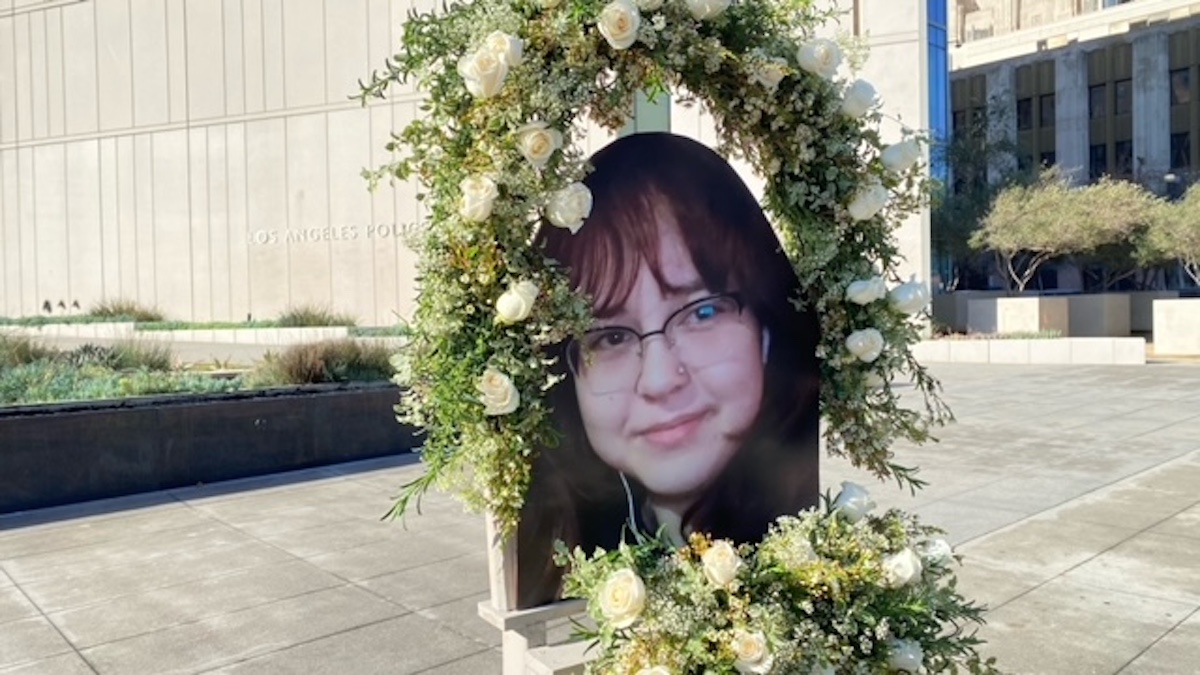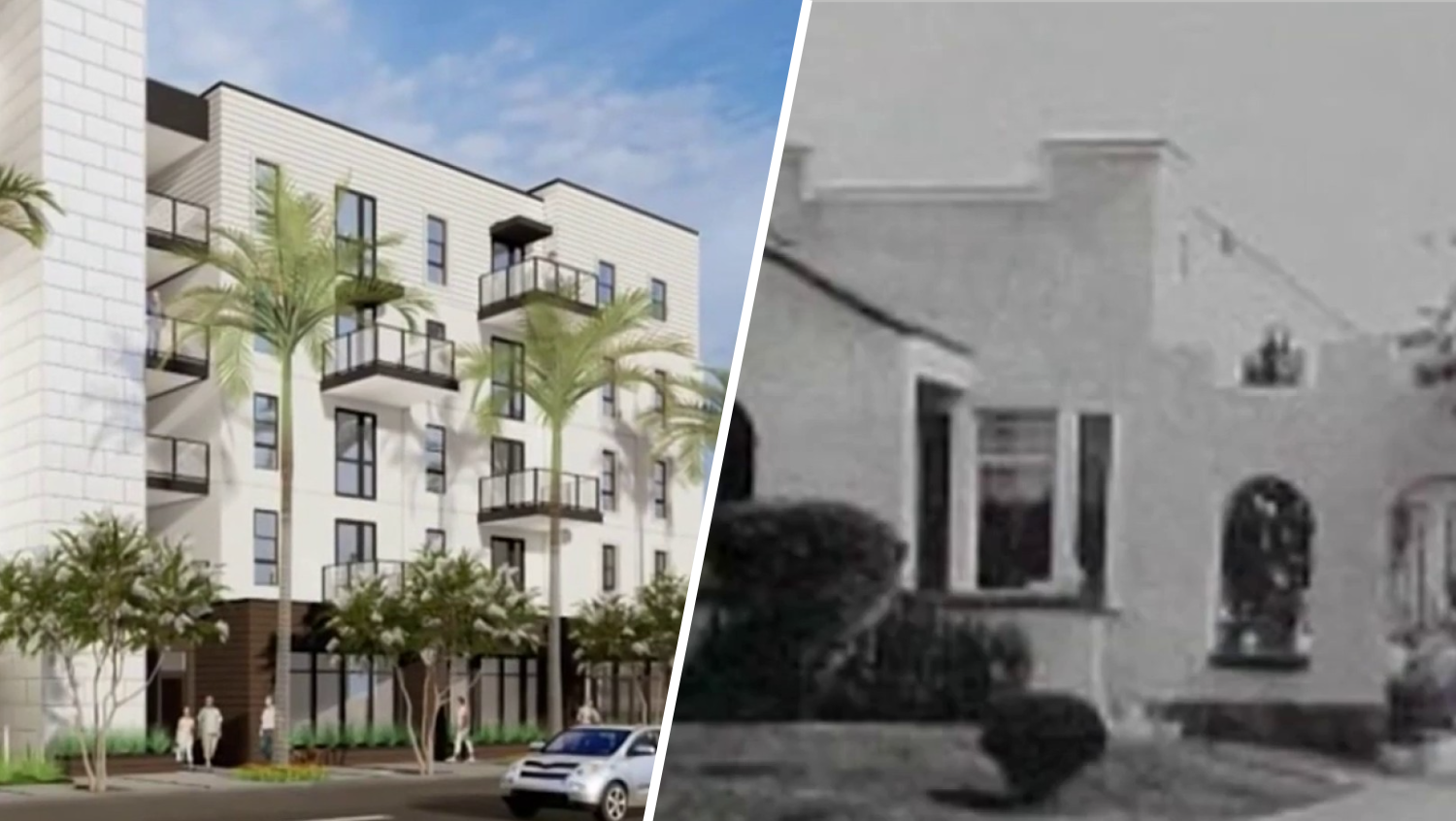The Times Mirror Square Complex in downtown and a developer's plans to demolish a 1970s addition will be the focus of a Los Angeles City Council committee Tuesday as it considers a recommendation to list the complex as a historic-cultural monument.
Los Angeles Times staff vacated the complex over the summer as the newspaper moved its operations to El Segundo.
The Times had been located at the complex since 1935, although the paper had been renting its space there since 2016 when its former owner, Tribune Media Co., sold it to Canadian developer Omni Group.
Omni's development plan would preserve the older buildings and bulldoze the 1970s addition, but the Los Angeles Cultural Heritage Commission sided with preservationists in September and others who have argued the entire complex is worthy of preservation. The commission even added its own recommendation that the '70s portion be preserved for its architectural contributions even though staff had recommended it was only noteworthy for historical reasons.
The Planning and Land Use Management Committee -- commonly referred to as the PLUM committee -- will consider the recommendation at its 2:30 p.m. meeting.
Leo Wolinsky, a former managing editor for The Times, in July gave a detailed history of the Chandler family, who owned and ran the paper for seven decades until the family-controlled Times Mirror Co. was sold to Tribune in 2000.
"Each of the buildings in Times Mirror Square reflects a different chapter in that history. Today they are all that remain to tell this powerful story of how Los Angeles came to be, and the family that put their unmistakable stamp on the region," Wolinsky told the Cultural Heritage Commission.
News
Top news of the day
The developers cannot tear down any buildings while the complex's application for monument status is being considered, and a monument recommendation from the PLUM committee would have to be approved by a vote of the City Council. A historical designation would also delay the demolition of a designated property for up to one year while other preservation options are considered.
The Times Mirror application was submitted by a preservationist organization called Esotouric, which offers historical tours in Los Angeles, and signed by its co-founder, Richard Schave.
The PLUM meeting will only be the second since Councilman Jose Huizar was removed as its chair after his home, City Hall office and a field office were searched by the FBI on Nov. 7. About a week later, Council President Herb Wesson removed Huizar from all of his committee assignments. No arrests have resulted from the searches, and the FBI has not stated what their agents were looking for when they seized numerous boxes and bags of potential evidence.
Councilman Marqueece Harris-Dawson was named as the new chair of the PLUM. While it is unknown what direction Harris-Dawson will take the committee, Esotouric and Schave do not appear to have held Huizar in high regard.
Following the FBI searches, Esotouric posted a number of negative comments about Huizar on its Twitter account @esotouric.
"Until & unless the FBI raids result in criminal charges, we're left to wonder if Jose Huizar's bad land use decisions were the result of corruption, or if they're the work of an unskilled wannabe urban planner with too much power, too little taste," read one of the more aggressive tweets.
The Times Mirror Square Complex consists of five buildings constructed between 1935 and 1973, according to a report by the Department of City Planning:
-- the 1935 eight-story Los Angeles Times Building designed in the art deco/moderne architectural style by Los Angeles architect Gordon B. Kaufmann;
-- the four-story Plant Building completed in 1935 that is an original two-story art deco/moderne-style building by Kaufmann, with two one-story additions designed by Los Angeles architect Rowland H. Crawford in 1946 and 1955;
-- the 12-story Mirror Building designed in the late moderne architectural style by Crawford in 1948;
-- and the six-story Times-Mirror Headquarters Building and six-story parking structure designed by architect William L. Pereira in the corporate international architectural style in 1973.
With Omni already having pledged to preserve much of the complex except for the 1970s addition, many of the public speakers at a Cultural Heritage Committee meetings and in September July focused their comments on it, with fans of the addition outnumbering its critics.
Teresa Grimes of GPA Consulting, which was representing Omni, said its research could not conclude that Pereira actually designed the addition, only that his firm did, and said that it "is just an average example of the style and doesn't contribute to the history of modern architecture in Los Angeles."
Dr. Patrick Soon-Shiong, a biotech billionaire who has dedicated most of his fortune to fighting cancer, in June finalized his $500 million-plus purchase of the Los Angeles Times, the San Diego Union-Tribune and some community newspapers.
The Los Angeles Department of City Planning has recommended preserving the entire complex for both architectural and historical reasons.
In a report, department staff said the complex is associated with the lives of historic personages important to national, state, city, or local history, including for its direct association with the prominent Chandler family, in particular Harry Chandler, Norman Chandler, Dorothy Buffum Chandler, and Otis Chandler, each of whom the report said played a significant role in the evolution of the Los Angeles Times from a local publication to a newspaper of national stature, and were influential in real estate development in Los Angeles.
The report also said the complex is as an excellent example of the Art Deco/Moderne and Late Moderne architectural styles, and is a significant work of master architects Gordon Kaufmann and Rowland Crawford. The Cultural Heritage Commission made an addition to the recommendation that the Pereira addition also be recognized for its architectural contributions and as a significant work of master architect Pereira.



